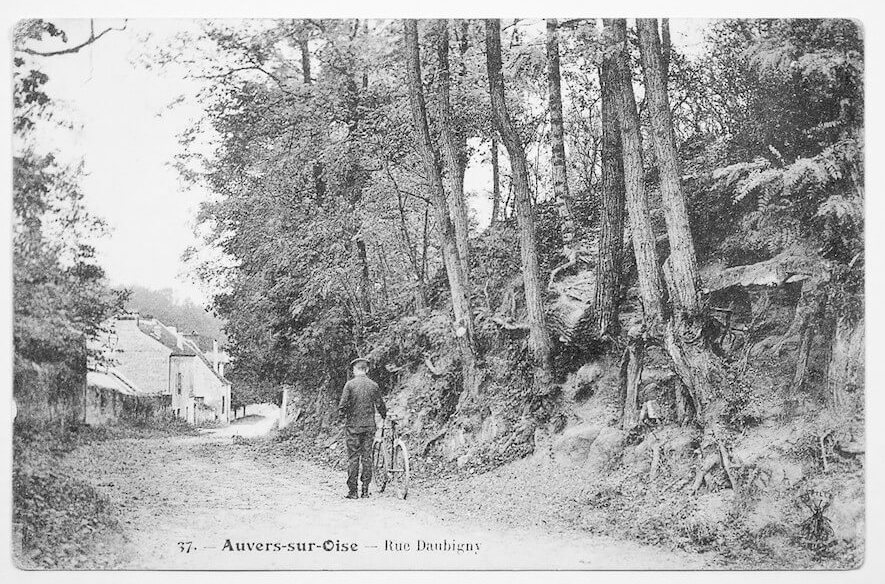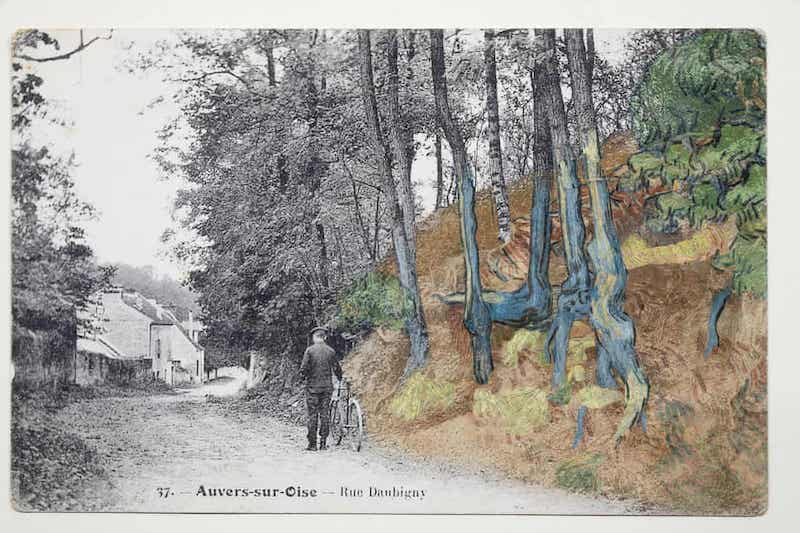Tree Roots, 1890 by Vincent Van Gogh

At first sight, Tree Roots appears as a jumble of bright colors and wild abstract shapes. Powerful strokes and thickly applied paint mark the canvas. The subject only becomes apparent when you look more closely: tree roots, plants, leaves, with the brown and yellow of a sandy woodland floor under them. Van Gogh painted other scenes of trees and woods. He often cut off his compositions in an unusual fashion, often painting trees without their tops, or a piece of woodland showing only undergrowth and flowers - or, as here, only the roots of the trees. This painting is an example of the double-square canvases that Van Gogh employed in his last landscapes.
Vincent van Gogh spent the last few months of his life in Auvers-sur-Oise, a small town just north of Paris, after he left an asylum at Saint-Remy in May 1890. Tree Roots is considered by many scholars to be Van Gogh's last painting before his death late July 1890.
In 2020, with the help of a postcard from 1905, the exact location where Vincent van Gogh painted his last work has been pinpointed after being hidden in plain view for years among a tangle of roots next to a rural lane near Paris. Experts say the discovery sheds new light on the anguished painter's mental state on the day he is widely believed to have fatally shot himself.

Following a comparative study of the painting, the postcard and the current condition of the hillside, researchers at the Van Gogh Museum, concluded that it was "highly plausible" that the place where Van Gogh made his final brushstrokes had been unearthed.

Researchers believe that the composition and execution of Tree Roots - a tight focus on gnarled roots on a hillside - have led to it being seen as a "harbinger of abstraction".




















